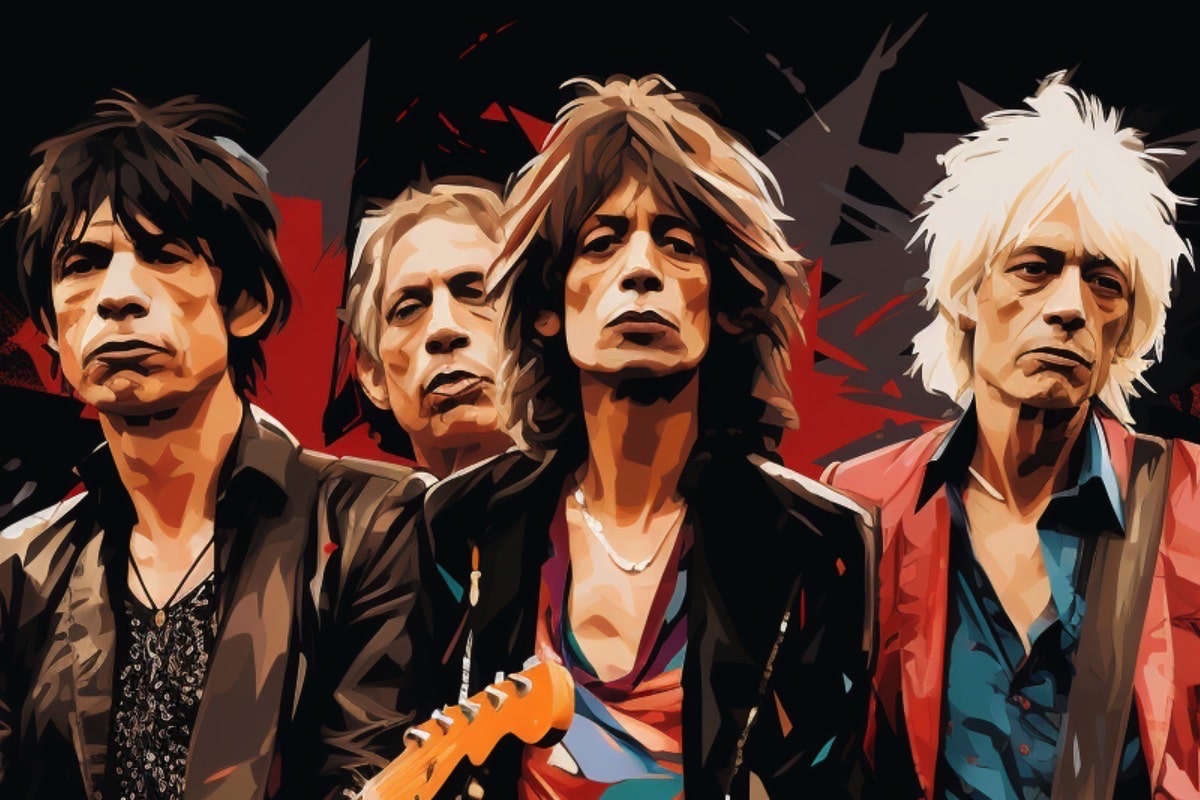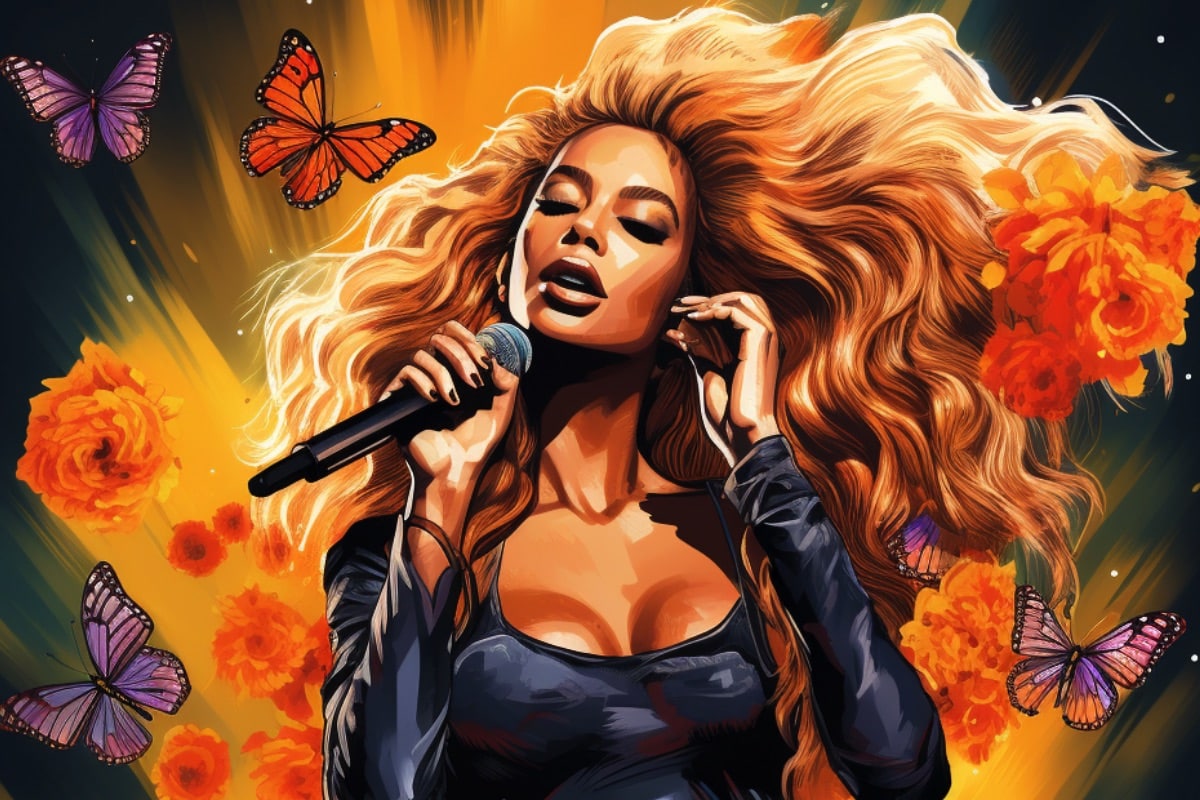Taylor Swift is an sensational singer-songwriter that has undergone a remarkable evolution in her music career, transitioning from her debut self-titled album to her most recent releases. In this article, we will explore the transformation of Taylor Swift’s musical journey by comparing her debut album era with her latest works. Through a structured comparison, we will dissect her musical style, lyrical content, artistic maturity, and critical reception to appreciate the profound growth of this extraordinary artist.
Comparison List:
- Musical Style and Genre
- Lyrical Content
- Artistic Maturity
- Critical Reception and Awards
Musical Style and Genre:
Taylor Swift’s self-titled debut album, “Taylor Swift” (2006), introduced the world to a budding country sensation. The album’s signature sound was firmly rooted in traditional country music, featuring elements like twangy guitars, fiddles, and Swift’s youthful, earnest vocals. Iconic tracks like “Tim McGraw” and “Teardrops on My Guitar” showcased her country-pop prowess, capturing the hearts of fans.
In stark contrast, Taylor Swift’s latest albums, “folklore” (2020) and “evermore” (2020), reflect a dramatic shift in her musical style. These albums embrace an indie-folk and alternative sound, marked by lush arrangements, atmospheric production, and a more mature vocal delivery. This evolution demonstrates Swift’s remarkable versatility as an artist who fearlessly explores new sonic landscapes.
As we delve deeper into this comparison, let’s examine the nuances of each era’s musical style and genre.
Debut Album Era: The Country-Pop Sensation
Taylor Swift’s debut album era was characterized by the youthful exuberance of country-pop. She burst onto the scene as a teenage sensation with an undeniable knack for crafting catchy, relatable tunes. The traditional country elements in her music, such as acoustic guitars and fiddles, gave her songs an authentic, down-home feel.
“Tim McGraw,” the lead single from her debut album, was an instant hit. The song’s country twang and heartfelt lyrics about a summer romance captivated listeners and established Swift as a promising newcomer in the country music world. Similarly, “Teardrops on My Guitar” showcased her ability to convey genuine emotions through her music, a trait that would become a hallmark of her early work.
Swift’s debut album era not only introduced her as a skilled singer but also as a talented songwriter. Her storytelling ability was evident in songs like “Our Song,” where she painted a vivid picture of young love through her lyrics. The album’s overall charm lay in its simplicity and authenticity, qualities that endeared her to a wide range of fans.

Modern Era: Exploring New Sonic Landscapes
In contrast, Taylor Swift’s modern era, as exemplified by “folklore” and “evermore,” marks a significant departure from her country-pop roots. These albums showcase a more mature and introspective side of Swift’s artistry.
“folklore” and “evermore” are notable for their indie-folk and alternative soundscapes, characterized by atmospheric production, intricate instrumentation, and a more subdued vocal delivery. The lush arrangements in these albums create a sense of depth and complexity that was not as prevalent in her earlier work. Songs like “Cardigan” and “Willow” from “folklore” and “champagne problems” from “evermore” demonstrate Swift’s ability to seamlessly blend elements of folk, rock, and indie pop into her music.
This transformation in musical style reflects Swift’s desire to explore new creative horizons and challenge herself as an artist. The decision to move away from her country roots and experiment with different genres demonstrates her versatility and commitment to evolving as a musician.
Lyrical Content:
The lyrical content of Taylor Swift’s early work, including her debut album, primarily centered on relatable themes such as young love, heartbreak, and personal experiences. Songs like “Should’ve Said No” and “Cold as You” showcased her ability to tell compelling stories and convey deep emotions, resonating with her audience.
As her career progressed, Swift’s lyrical content evolved to tackle more intricate and introspective themes. Albums like “folklore” and “evermore” are filled with narratives that explore the complexities of the human experience, love, loss, and nostalgia. Swift’s growth as a songwriter, evident in her intricate and thought-provoking lyrics, has earned her critical acclaim and unwavering admiration.
As we delve deeper into this comparison, let’s explore how Taylor Swift’s lyrical content has evolved over the years.
Debut Album Era: Relatable Stories of Youth
During her debut album era, Taylor Swift was celebrated for her ability to capture the essence of youth and young love through her lyrics. Her songs resonated with listeners who were navigating the ups and downs of relationships, friendships, and self-discovery. Swift had a unique talent for transforming her personal experiences into relatable stories that felt like they were written for each individual listener.
“Teardrops on My Guitar” was a prime example of Swift’s gift for storytelling. The song conveyed the poignant feeling of unrequited love, a sentiment many could empathize with. Swift’s ability to express the emotions associated with young crushes and heartbreaks struck a chord with her predominantly young audience.
Similarly, “Our Song” celebrated the simplicity and joy of young love. The song’s playful lyrics and catchy melody made it an anthem for young couples and exemplified Swift’s knack for capturing the essence of a moment in time.
Swift’s debut album era was marked by songs that felt like diary entries from her teenage years. Her lyrics were raw, honest, and unfiltered, which endeared her to fans who appreciated her authenticity.
Modern Era: Exploring Complex Themes
In contrast, Taylor Swift’s modern era is characterized by a shift towards more complex and introspective themes. Albums like “folklore” and “evermore” delve into the nuances of life, love, and human connections with a depth and maturity that was not as prevalent in her early work.
“folklore,” in particular, stands out for its lyrical complexity. The album’s opening track, “the 1,” reflects on the idea of lost love and the longing for what could have been. Swift’s lyrics are filled with vivid imagery and intricate storytelling, creating a sense of nostalgia and introspection.
“champagne problems,” from “evermore,” is another example of Swift’s lyrical prowess. The song tells the story of a failed engagement and explores themes of sacrifice, regret, and the complexities of relationships. Swift’s ability to craft a narrative that is both emotionally resonant and thought-provoking showcases her growth as a songwriter.
Overall, the lyrical content of Taylor Swift’s modern era reflects a more mature and introspective perspective. Her willingness to tackle complex themes and explore the depths of human emotions has earned her critical acclaim and positioned her as a songwriter of exceptional depth and insight.

Artistic Maturity:
Taylor Swift’s artistic growth is a testament to her journey from her debut album era to her modern releases. In her early career, she was a teenage sensation navigating the challenges of fame and relationships. Her music reflected the innocence and naivety of youth, endearing her to a vast fan base.
In her latest albums, Swift’s artistic maturity is strikingly apparent. She approaches her music with a seasoned perspective, addressing deeper and more intricate subject matter. Her willingness to embrace
vulnerability and authenticity in her songwriting has endeared her to a new generation of fans while retaining the loyalty of her long-time followers.
Let’s explore how Taylor Swift’s artistic maturity has manifested itself throughout her career.
Debut Album Era: The Rise of a Teenage Sensation
During her debut album era, Taylor Swift was catapulted into the spotlight as a teenage sensation. Her music, characterized by its youthful exuberance, resonated with listeners who were navigating the complexities of adolescence and young adulthood. Swift’s relatable songs about love, heartbreak, and growing up struck a chord with her audience, and her authenticity and genuine personality endeared her to fans.
At this stage of her career, Swift was still in the process of discovering her identity as an artist. She had a natural talent for songwriting and storytelling, but her artistic style was in its infancy. Her music embodied the optimism, innocence, and vulnerability of youth, making it relatable to a broad demographic.
Swift’s debut album era was a time of exploration and growth, both personally and musically. She was learning the ropes of the music industry while simultaneously connecting with fans through her relatable lyrics and charismatic persona.
Modern Era: A Seasoned Artist Embracing Depth
In contrast, Taylor Swift’s modern era showcases an artist who has come into her own and fully embraced her creative potential. Her willingness to explore new musical genres and delve into complex themes demonstrates a remarkable level of artistic maturity.
“folklore” and “evermore” are prime examples of Swift’s artistic growth. These albums represent a departure from the upbeat, pop-infused sound of her earlier work. Instead, they embrace a more subdued and introspective tone, characterized by intricate storytelling and mature songwriting. This shift reflects Swift’s evolution as an artist who is unafraid to push boundaries and evolve her craft.
Moreover, Swift’s ability to connect with a wide range of listeners has only deepened with time. While her early music primarily resonated with teenagers and young adults, her modern releases appeal to a broader demographic, including those who have grown up with her music. This broad appeal is a testament to her ability to evolve while staying true to her authentic self.
The modern era also sees Taylor Swift using her platform to address important social and political issues. Her willingness to take a stand on matters such as gender equality and LGBTQ+ rights showcases a newfound sense of social responsibility. This depth and commitment to using her influence for positive change highlight her growth not only as an artist but as a global icon.
In summary, Taylor Swift’s artistic maturity is evident in her modern era, where she confidently explores new musical territories and tackles complex themes. Her evolution from a teenage sensation to a seasoned artist is a testament to her commitment to personal growth and creative exploration.
Critical Reception and Awards:
During her debut album era, Taylor Swift received significant acclaim and recognition within the country music landscape. Awards such as the Academy of Country Music Award for New Female Vocalist of the Year and the CMT Music Award for Breakthrough Video of the Year acknowledged her immense talent and potential as a rising star.
As we delve into this comparison, let’s explore how Taylor Swift’s critical reception and awards have evolved over the years.
Debut Album Era: Rising Star in Country Music
Taylor Swift’s debut album era was marked by her rapid ascent in the country music scene. She garnered attention not only for her catchy songs but also for her genuine and relatable persona. Awards such as the CMT Music Award and Academy of Country Music Award recognized her as a promising talent in the genre.
Swift’s debut album received positive reviews from music critics, who praised her songwriting abilities and her ability to connect with a young audience. The album’s success was a testament to her authenticity and the universal appeal of her music.
Despite her early accomplishments, Swift’s career was still in its infancy during this era. She had yet to achieve the level of global recognition and critical acclaim that would later become synonymous with her name.

Modern Era: A Reigning Musical Icon
In contrast, Taylor Swift’s modern era has seen her ascend to the pinnacle of the music industry. Her albums “folklore” and “evermore” received widespread critical acclaim and achieved commercial success on a global scale.
“folklore” was particularly celebrated for its departure from mainstream pop and its exploration of indie-folk and alternative soundscapes. Critics hailed the album as a mature and introspective masterpiece, and it earned Swift several Grammy Awards, including Album of the Year.
“evermore” continued this success, solidifying Swift’s position as a musical icon. The album’s collaboration with artists like Bon Iver showcased her ability to adapt and experiment with her sound while maintaining her signature style. Once again, critical acclaim and commercial success followed, reinforcing her status as one of the most respected artists in the industry.
Furthermore, Taylor Swift’s willingness to use her platform for social and political advocacy has garnered praise from fans and critics alike. Her vocal support for causes such as gender equality and LGBTQ+ rights has cemented her reputation as an artist who uses her influence for positive change.
Taylor Swift’s journey from her debut album era to her latest releases is a testament to her remarkable artistic growth and adaptability. She has successfully transitioned from a young country-pop sensation to a mature and versatile artist, earning the respect and admiration of fans and critics alike. By examining her musical style, lyrical content, artistic maturity, and critical reception, it becomes clear that Taylor Swift’s evolution as an artist has been nothing short of extraordinary. Her ability to connect with audiences across generations and genres firmly establishes her as a true musical icon. From the simplicity of her debut album to the complexity of her modern work, Taylor Swift’s enduring appeal lies in her unwavering authenticity and her willingness to evolve as an artist while staying true to herself.








